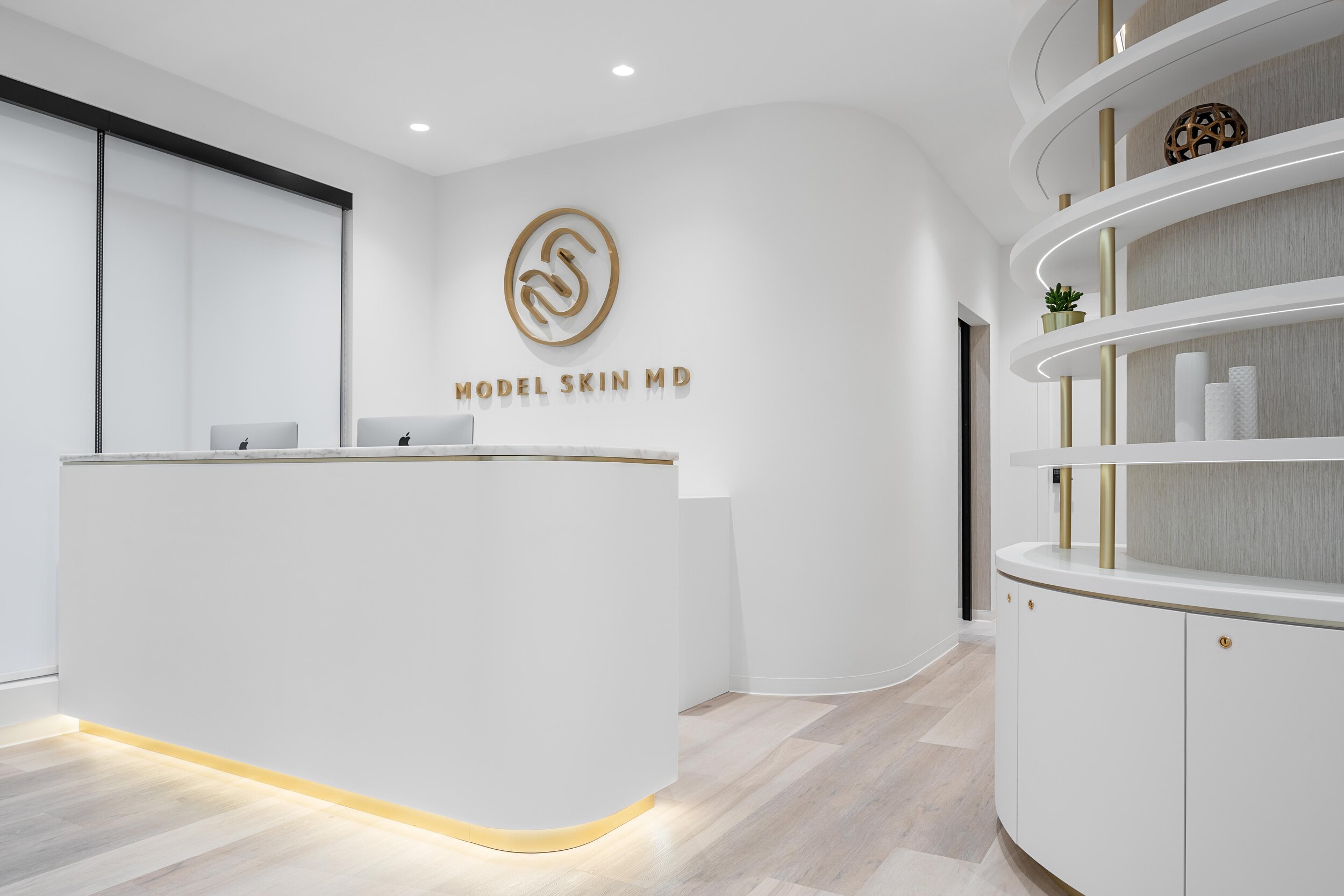
Hair Restoration Vancouver
Potent hair growth - all natural from you, the patient.
We use a combination of different non-surgical hair restoration techniques to restore lost hair and increase hair density. The methods we used have been scientifically proven to restore hair loss. This procedure is suitable for both men and women of all ages. To find out if this treatment is suitable for your type of hair loss, please book a consultation at our clinic.
Here's a detailed explanation of how hair restoration works:
Blood Collection: The process begins with a simple blood draw from the patient, usually from the arm. The amount of blood drawn varies depending on the specific protocol of the medical provider, but it's typically around 20-30 mL.
Centrifugation: Once the blood is drawn, it is placed in a centrifuge, a machine that spins rapidly to separate its components based on density. During centrifugation, the red blood cells, white blood cells, and platelets separate into distinct layers.
Isolation of Platelet-Rich Plasma: After centrifugation, the platelet-rich plasma layer, which is the top layer of the blood, is carefully extracted. This plasma contains a high concentration of platelets, which are tiny blood cells that play a crucial role in the body's natural healing process.
Injection into the Scalp: Once activated, the platelet-rich plasma is injected directly into the areas of the scalp where hair loss or thinning is occurring. The injections are usually administered using a fine needle and are distributed evenly across the treatment area.
Stimulation of Hair Follicles: Platelets contain various growth factors, including platelet-derived growth factor (PDGF), transforming growth factor-beta (TGF-beta), vascular endothelial growth factor (VEGF), and insulin-like growth factor (IGF). These growth factors play key roles in tissue repair, angiogenesis (the formation of new blood vessels), and hair follicle regeneration. When injected into the scalp, the growth factors in PRP are believed to stimulate dormant hair follicles, promote blood flow to the hair follicles, and prolong the growth phase of the hair cycle.
Healing and Hair Growth: Following the injection, the growth factors in the platelet-rich plasma work to repair damaged tissues, promote cell proliferation, and stimulate the production of new hair follicles. Over time, patients may begin to notice improvements in hair thickness, density, and overall scalp health.
Multiple Sessions: PRP therapy for hair restoration typically involves a series of treatment sessions spaced several weeks apart. The exact number of sessions required varies depending on the individual's response to treatment and the severity of their hair loss.
Maintenance: After the initial series of treatments, many patients choose to undergo periodic maintenance sessions to sustain the results of PRP therapy. These maintenance sessions are usually scheduled every few months.
How It Works
Best results
4 sessions
Discomfort
Minimal
Down time
None
Cost
Starting at $750
FAQs
What does the treatment feel like?
Platelet-rich plasma (PRP) treatment for hair restoration typically involves a series of injections into the scalp, and the experience can vary from person to person. Here's what you might expect in terms of sensation during and after PRP treatment:
The injection process itself may cause some discomfort or minor pain. However, many healthcare providers use fine needles and may apply a topical anesthetic to the scalp beforehand to minimize discomfort. Some patients describe the sensation as a mild stinging or pinching feeling.
As the PRP is injected into the scalp, you may feel a slight pressure or tightness in the treated area. This sensation is generally mild and temporary.
After the procedure, some individuals may experience mild soreness, tenderness, or a sensation of tightness in the scalp. This discomfort is usually temporary and typically resolves within a few hours to a couple of days. Over-the-counter pain relievers like acetaminophen or ibuprofen can help alleviate any discomfort.
What does the recovery look like?
PRP therapy for hair restoration is considered a minimally invasive procedure, so most people can resume their normal activities immediately afterward. However, it's advisable to avoid strenuous exercise, exposure to excessive heat or sun, and hair treatments like coloring or perming for at least 24-48 hours after the procedure.
Some individuals may experience temporary redness, swelling, or bruising at the injection sites. These side effects are usually mild and subside within a few days. Applying ice packs to the treated area can help reduce swelling and discomfort.
It's normal to experience some temporary shedding of existing hair following PRP treatment. This shedding occurs as part of the natural hair growth cycle and is often followed by the growth of new, thicker hair. It's essential to understand that hair growth is a gradual process, and visible results may take several weeks to months to become apparent.
How long does the effect last for?
The duration of results from platelet-rich plasma (PRP) therapy for hair restoration can vary among individuals and depends on several factors, including the severity of hair loss, the underlying cause of hair loss, individual response to treatment, and lifestyle factors. Here are some key points to consider regarding the longevity of PRP hair restoration:
PRP therapy is typically considered a long-term treatment strategy for hair loss, rather than a permanent solution. While some individuals may experience sustained improvements in hair thickness, density, and overall scalp health, others may require ongoing maintenance treatments to maintain their results.
PRP therapy is often used in conjunction with other hair restoration treatments, such as topical minoxidil or oral finasteride, to optimize results. Combining PRP with other therapies may enhance the longevity of results and improve overall hair growth outcomes.
Lifestyle factors, such as diet, stress levels, and overall health, can influence the effectiveness and longevity of PRP therapy for hair restoration. Adopting a healthy lifestyle, including a balanced diet and stress management techniques, may help support the longevity of results.






